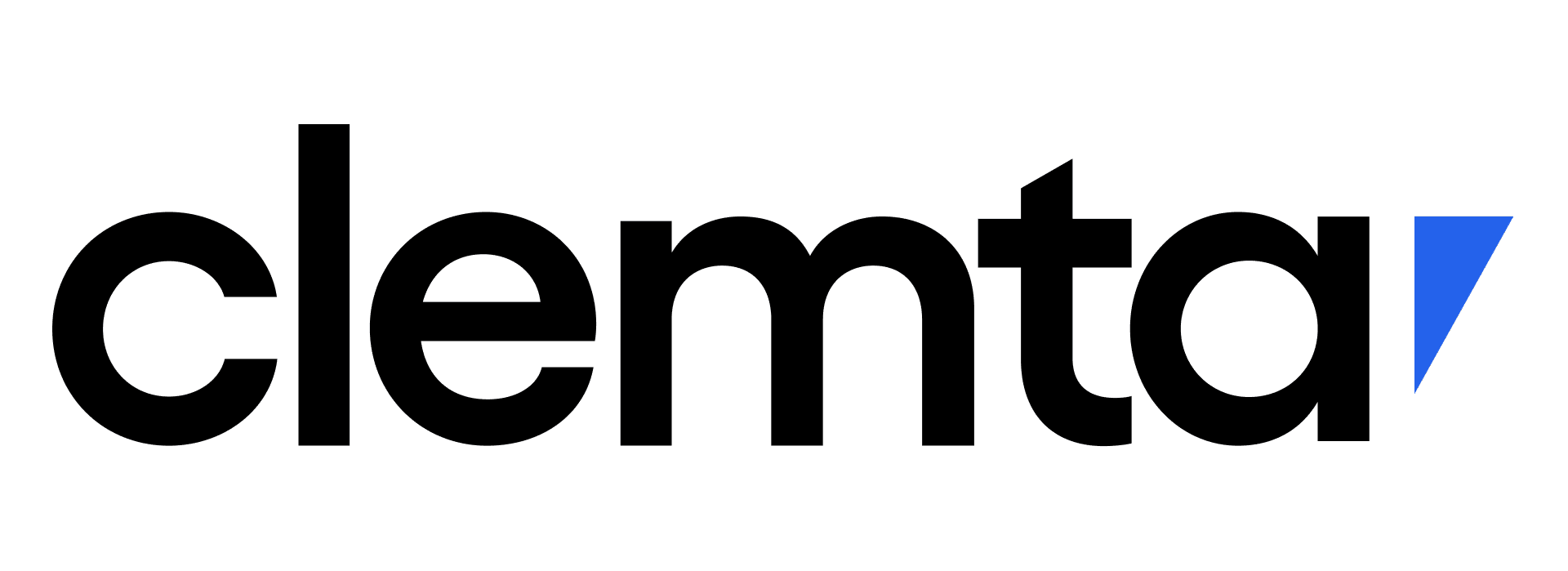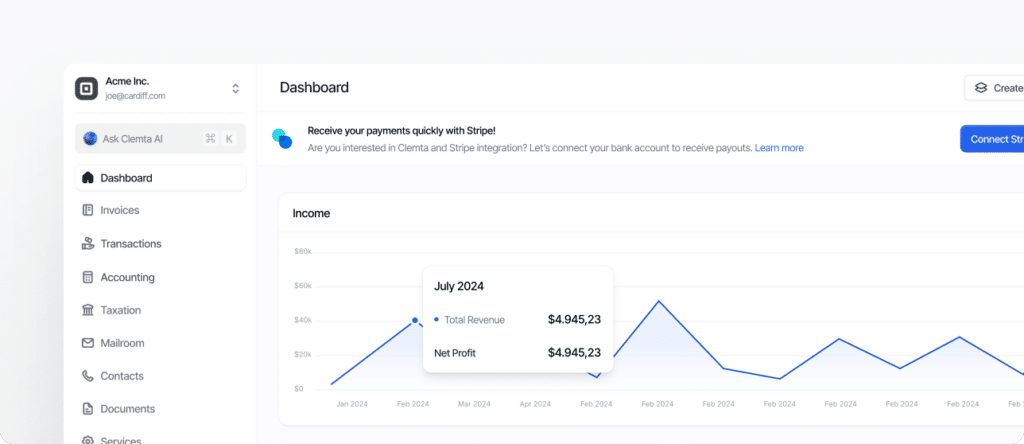Periodic tax payments made to the Internal Revenue Service (IRS) and, in some cases, state tax authorities to cover income that is not subject to withholding, such as self-employment income, business profits, dividends, or rental income.
What are Quarterly Estimated Taxes?
Quarterly estimated taxes are advance payments made four times a year to ensure that income taxes are paid as the income is earned, rather than in one lump sum at the end of the tax year. They are generally required for individuals, including business owners, freelancers, and investors, who expect to owe at least $1,000 in federal tax after subtracting withholding and credits. Corporations typically must make estimated tax payments if they expect to owe $500 or more.
For U.S. businesses owned by non-U.S. residents, quarterly estimated taxes are relevant when the business generates income that is effectively connected to a U.S. trade or business (ECI) and the income is not fully covered by withholding. Common examples include profits from an LLC taxed as a partnership, self-employment earnings, or investment income. Payments are made using IRS Form 1040-ES for individuals or Form 1120-W for corporations, and similar forms may apply for state-level estimated taxes.
The due dates for federal quarterly estimated tax payments are typically April 15, June 15, September 15, and January 15 of the following year. Late or insufficient payments can lead to penalties and interest.
Understanding and accurately calculating quarterly estimated taxes helps business owners avoid large tax bills at year-end and stay compliant with U.S. tax obligations, especially when no employer is withholding taxes on their behalf.

